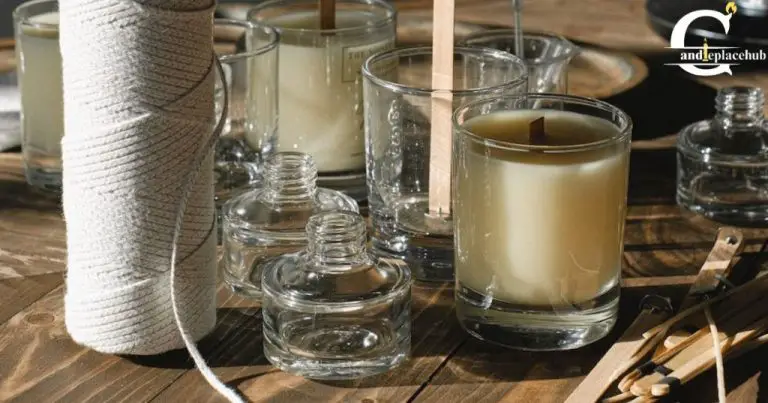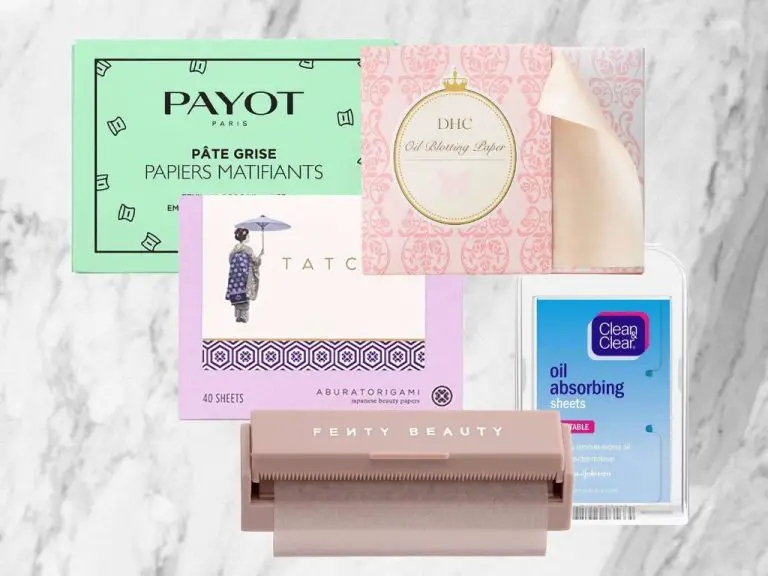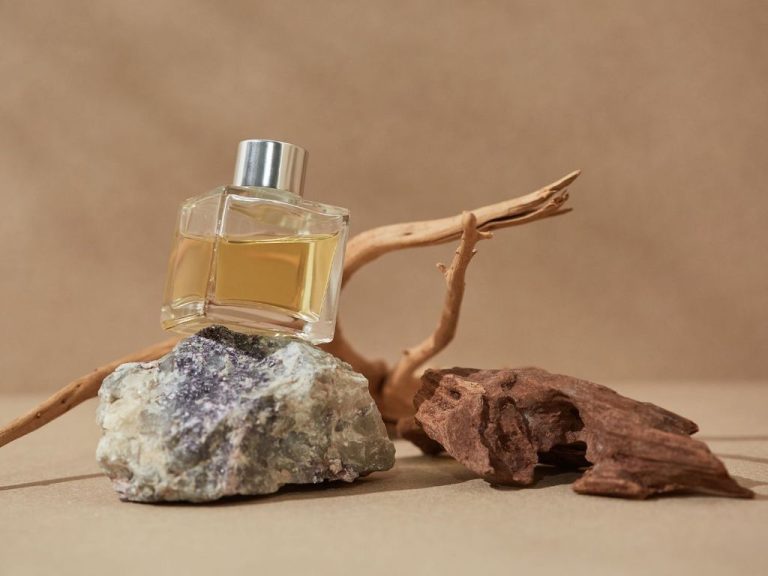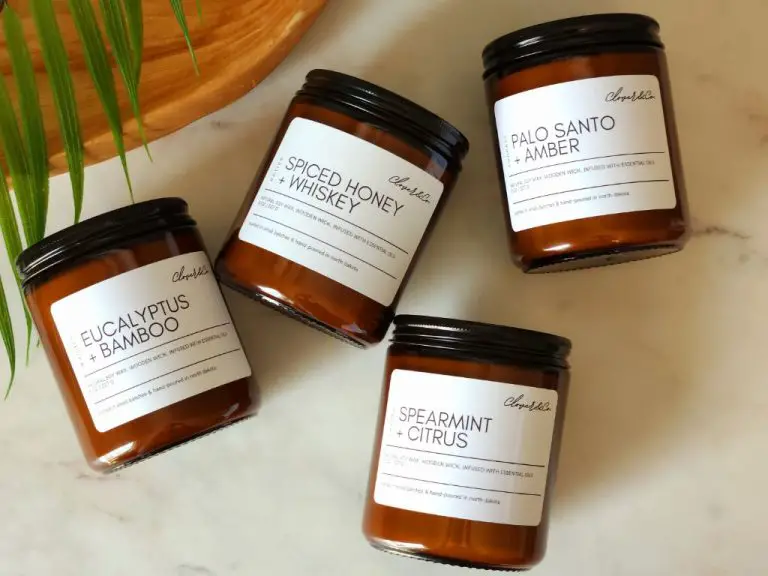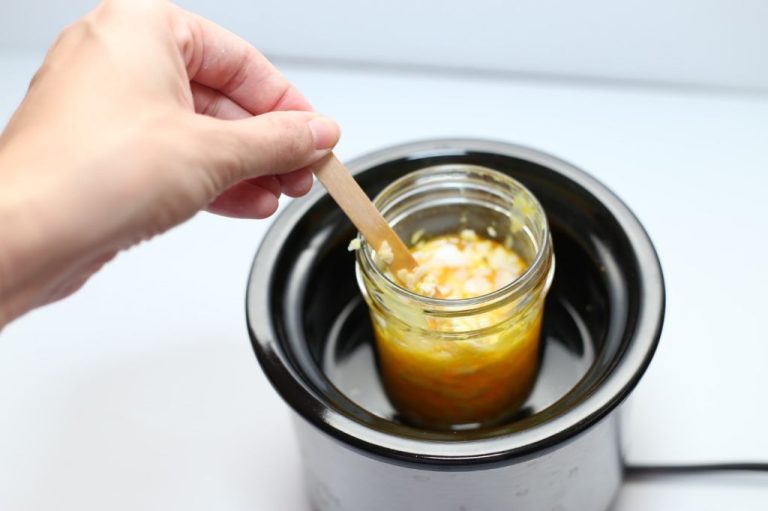Can I Use Two Pots To Make A Double Boiler?
What is a Double Boiler?
A double boiler is a specialized type of cookware used to gently heat sensitive ingredients that could easily burn using direct heat. As defined by Merriam-Webster [1] and Dictionary.com [2], a double boiler consists of two pots that fit together, with one pot sitting partly inside the other.
The lower pot contains water and is heated to boiling on the stove. The upper pot sits above, not touching, the lower pot water. The steam from the boiling water gently heats the upper pot and its contents. This indirect heat allows for gentle cooking, melting and heating without scorching delicate ingredients like chocolate, cheese, eggs and some sauces.
Double boilers provide more controlled, even heating compared to using a single pot. This helps prevent burning, scorching, curdling or seizing of heat-sensitive foods. That makes them ideal for tasks like melting chocolate without scorching, cooking egg-based custards and sauces, or keeping cooked foods warm without continuing to cook them.
Can You Use Two Pots?
Yes, you can use two pots to create a makeshift double boiler. A double boiler is made up of two pots – one larger pot that holds water and a second smaller pot that sits partly submerged in the water. As long as you have two pots or pans that fit this configuration, you can improvise and make your own double boiler.
The key is to select a larger pot that will hold enough water to partially submerge the second smaller pot. The bottom of the smaller pot should not touch the bottom of the larger pot, and there should be 1-2 inches of water between the two. This allows the heat from the boiling water to gently and evenly heat the contents of the smaller pot.
Many people don’t have an actual double boiler, but likely have two pots or pans that can work. All you need is one pot that can hold water, and a second smaller pot, bowl, or container that can sit above it. Glass and metal bowls often work well as the top pot. With a simple setup like this, you can achieve the same steady gentle heating that a double boiler provides.
So you don’t need to buy any specialized equipment. With two pots you already have, you can improvise and make your own double boiler.
Selecting the Pots
When creating a makeshift double boiler using two pots, it’s important to choose the right pot sizes and materials. The pot holding the simmering water, often called the “bottom pot,” should be larger than the top pot where ingredients are placed. A good rule of thumb is the bottom pot should be 3-4 inches wider in diameter than the top pot to allow steam to circulate properly (Bon Appetit).
As for materials, stainless steel or glass pots work best for the top container in a double boiler set-up. Stainless steel pots evenly conduct heat and won’t react with acidic ingredients like tomatoes. Meanwhile, glass pots like Pyrex allow you to monitor the cooking process since they’re see-through. However, glass can crack under sudden temperature changes so handle with care (Tasting Table). The bottom pot only needs to hold water, so any standard pot will suffice.
Select pots of the appropriate sizes and materials for a safe, effective double boiler using items you already have in the kitchen.
Setting Up the Double Boiler
Making a double boiler with two pots is simple. All you need is a saucepan or pot for the bottom and a metal or glass bowl that fits nicely on top without touching the bottom of the pan. The key is selecting pots that nest together well.
Start by placing the larger pot or saucepan on the stove burner. This will hold the simmering water. Fill the pot about 1/3 to 1/2 full with water. Make sure to leave enough room for the bowl to sit on top without touching the water.
Next, place the bowl on top. It should fit securely without wobbling. The bottom of the bowl should not touch the water below. You want steam to heat the bowl, not direct contact with the simmering water. The bowl is where you will place your ingredients for gentle, indirect heating.
Options for the top bowl include metal mixing bowls, glass bowls, or stainless steel bowls. Avoid plastic bowls as they may warp from the steam heat. Glass canning jars also work well for smaller quantities.
Now you have a homemade double boiler using two common pots you likely already own. The indirect steam heat prevents scorching or burning your ingredients.
Adding Water
The amount of water to add to the bottom pot depends on the size and shape of the pots being used to create the double boiler. Generally, you’ll want around 1-2 inches of water in the bottom pot.
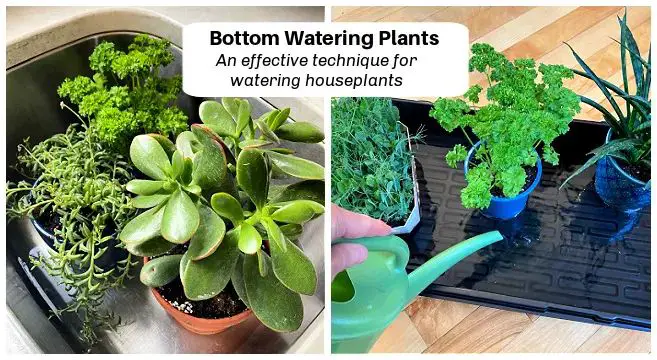
As a rule of thumb, add enough water so it touches the bottom of the top pot or basin when it’s nested inside. The water should not be so high that it touches the contents you’re heating in the top pot. About 1-2 inches is usually sufficient.
It’s important to monitor the water level as the double boiler heats. Water will evaporate over time. Add more boiling water to maintain the initial level and prevent the bottom pot from running dry. As noted, you don’t want the water to boil away completely.
For a standard double boiler using a 1-2 quart saucepan on the bottom and a mixing bowl on top, start with around 1 1⁄2 inches of water and refill as needed. The key is keeping the water hot and steaming, but not so high it touches the contents above.
Heating the Double Boiler
The key to heating a double boiler is to fill the bottom pot with 1-2 inches of water and bring it to a gentle simmer. You don’t want the water to be at a full rolling boil, as this may make the top container too hot (Everything You Need to Know About Double Boilers). The simmering water creates steam that gently and evenly heats the top pot or bowl containing the ingredient you want to cook or melt.
On the stovetop, medium heat is ideal for maintaining a steady simmer. Use a burner about the same size as the bottom pot to distribute the heat evenly. Keep an eye on the water level and add more as needed so it doesn’t boil away (How to Make Your Own Double Boiler – Bon Appetit). Avoid letting the water touch the bottom of the top vessel, as this can make food soggy or scorch delicate ingredients.
You can also use a double boiler in the oven by placing the pots in a pan filled with an inch or two of water. The oven should be preheated to around 180°F to maintain a gentle simmer. Similarly, a double boiler can be used on an outdoor grill by setting it over low heat. Whichever heating method you choose, monitor the temperature closely for best results.
Using the Double Boiler
A two-pot double boiler setup is great for gently melting chocolate or keeping sauces warm without scorching. Here are some tips for using a makeshift double boiler:
For melting chocolate, make sure the water in the bottom pot does not touch or splash into the top pot. Keep the heat low and stir the chocolate frequently for even melting. Melting times will vary based on the amount and type of chocolate. Chop chocolate into small pieces before melting for faster results. Refer to package instructions for specific melting directions.
For cooking egg-based sauces like custard or hollandaise, the gentle heat prevents curdling. Whisk sauce mixtures continuously over the simmering water for several minutes until thickened. Remove promptly from the heat when fully cooked.
Keep an eye on the water level as it may need replenishing. Add hot water to maintain the steam without letting the bottom pot boil dry. The key is low, steady heat. Avoid letting the water reach a full boil.
Allow foods to cool slightly before removing from the double boiler. Transfer hot foods to a bowl or plate right away so they don’t overcook. Take care when handling the hot pots, lids, and food.
Wipe up any water splashes or drips to prevent burns or slips. Be cautious of hot steam emitted while cooking.
A double boiler made from two pots allows for controlled, gentle heating perfect for delicate or heat-sensitive foods. With some care and attention, homemade double boilers work just as well as specialized tools.
Cleaning Up
After using your double boiler, it’s important to clean the pots properly. Any remaining food or sugar residue can harden and become difficult to remove if left untouched. Here’s how to easily clean your pots:
Fill the bottom pot that held the water with warm soapy water. Allow the pot used for cooking to soak in the soapy water for about 10 minutes. This will soften any hardened food or sugar residue. According to SeriousEats.com, boiling water can also help remove sticky residue rather than scrubbing the pot.
After soaking, use a soft sponge or cloth to gently wipe away any remaining food or residue from the inner cooking pot. Avoid using abrasive scouring pads as they can scratch the surface. If needed, allow the pot to soak longer.
For stubborn spots, rubbing alcohol on a paper towel or cotton ball can help dissolve and lift away residue, as suggested on Reddit. Take care not to damage any special coatings or finishes.
Once fully cleaned, rinse and dry the pots thoroughly. Store properly until the next use. Following these steps makes cleaning easy and keeps your cookware looking like new.
Advantages of Using Two Pots
Using two separate pots to create a makeshift double boiler has several advantages over using specialized equipment:
It’s inexpensive. You likely already have suitable pots at home, so there’s no need to buy anything new. This makes it very budget-friendly compared to purchasing a dedicated double boiler (source: https://www.webstaurantstore.com/blog/2406/what-is-a-double-boiler.html).
It’s versatile. Pots come in many sizes, allowing you to customize your double boiler setup. Use a large pot for big batches or a small one for little jobs. Match pot sizes or create a makeshift bain-marie by using one much bigger than the other (source: https://www.thedailymeal.com/1156217/what-is-a-double-boiler-and-when-should-you-use-one/).
It’s easy to use. There’s no learning curve with regular pots. Simply nestle one inside the other and you have an instant double boiler. The process is intuitive (source: https://www.thekitchn.com/double-boilers-what-are-they-a-132018).
You can control the heat. Using separate pots allows you to remove the top pot at any time to stop the cooking process. This gives you more control compared to specialized equipment (source: https://www.webstaurantstore.com/blog/2406/what-is-a-double-boiler.html).
Potential Issues
Using two separate pots to create a makeshift double boiler can lead to some problems. Here are some common issues and how to troubleshoot them:
Pots Getting Stuck Together
If the two pots become stuck together, it’s likely due to the heat causing them to fuse or the contents hardening between them. Avoid using pots with a snug fit and don’t allow the contents to spill over or drip between the pots. Gently try to separate them while they are still warm. If they won’t budge, run cool water over the outside pot or place the bottom in several inches of cool water to loosen the connection. You can also try freezing them to contract the metal, then gently twist and pull apart while frozen.
If they are still stuck, here are some other solutions: Wrap rubber bands around them to improve grip and twist. Tap the rims with a hammer and wood block. Use a putty knife, paint scraper or metal spatula to wedge in the seam and twist. Be patient and work them slowly apart – never use force or tools that can damage the pots.
Pot Leaking
Condensation between the pots may cause leaking. Make sure the rim of the top pot seats securely over the bottom one with minimal gap. Consider wrapping the rim in a clean kitchen towel. Monitor temperature to avoid boiling over. Leaks may also come from damage to the pot surface or seal. Inspect closely and replace pots that are warped, dented or compromised.
Food Burning
To prevent burning, keep the water level topped up in the bottom pot, monitor heat, and stir regularly. Use a burner size that matches the pot so heat is even. Avoid extreme high heat. Consider switching out the bottom water halfway through cooking. If food still burns, the double boiler method may not be suitable – instead try a bain marie insert or commercial double boiler.
Food Cooling Too Quickly
Ensure pots fit as snugly as possible. Wrap the top pot with towels to insulate it. Use a burner size that matches the pots. Keep the bottom pot’s water actively simmering – add more hot water as needed. Stir food frequently and cover top pot when not stirring. If food keeps cooling, a proper double boiler with fitted pots will hold heat better.

